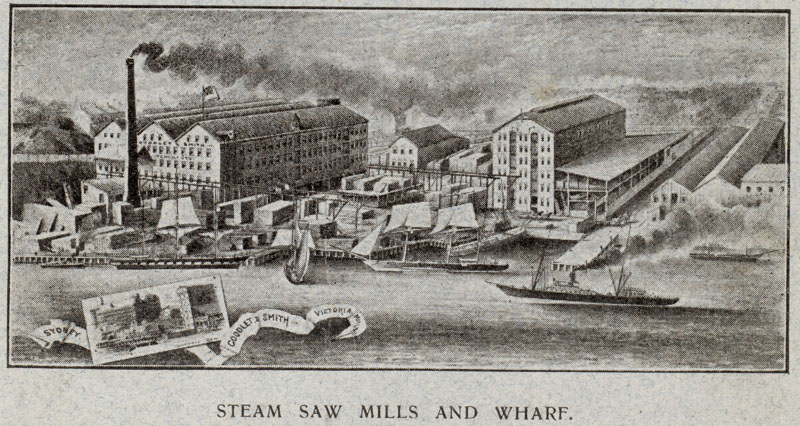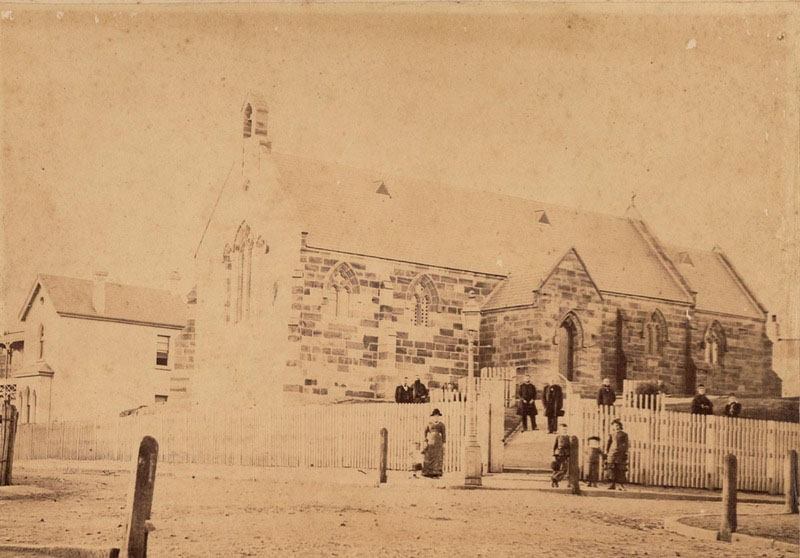Regatta Wharf
Date Built: 2000
Architect: Moore Ruble Yudell / Travis McEwen Group
Solander, Edgewater, Watercrest, Eventide. Buildings range from 7 to 15 storeys 143 apartments. Overlooks Pirrama Park, Elizabeth Macarthur Bay, Johnstons Bay. Site of CSR low pressure boiler station and coal silos.
Regatta Wharf
1850
This land was unsuited to farming or grazing, but early colonists cut down trees to build houses and public buildings. Surgeon Harris protected his estates, but settlers began to build cottages in Pyrmont. When John Macarthur died, his estate was subdivided and industries grew up on the waterfront. Thomas Chowne bought this land in 1840. His shipyard built 13 vessels over the next twenty years. Shipyards were the hub of local economic development, attracting industries such as Goodlet & Smith timber yard (across the bay from this site), Low and Meeks tin smelters (next door), City Iron Works and Fyfe’s Foundry.
Inland there was more heavy industry. During Australia’s golden age, Sydney architects demanded yellowblock sandstone for the city’s grand new buildings. Large-scale quarrying began, and horse-drawn wagons hauled vast quantities of stone through the peninsula to the city’s building sites.
Most of the workers lived close to their work: by 1850 Pyrmont boasted 130 dwellings. Pubs opened: so did Churches – a Presbyterian Chapel in 1842, St Bartholomew’s Anglican Church in 1850, a school in Mount Street in 1857, and St Bede’s Catholic Church in 1867.
Roads were built, bridges were built to Glebe and to the city; in 1856 the railway reached Darling Harbour. In 1864 a police station protected a precinct that had been incorporated into Sydney since 1844, all centred on the anchorage of Elizabeth Macarthur Bay.









